They came to plunder and they stayed to found a new home. Danish Vikings left their Nordic mark on Ireland…
Page Contents (click line to jump the text)
Intro
Another Viking article? Yes, you will have to live with this – I am a confessing Viking fan after all.
Since the Vikings series at the latest, we all know that the Vikings raided England for many years, but were ultimately beaten back by the English. They didn’t stay long. They were probably Swedish or Norwegian Vikings who sailed westwards from Kattegat. We don’t know exactly where the city of Kattegat was located, as it is still a mystery today.
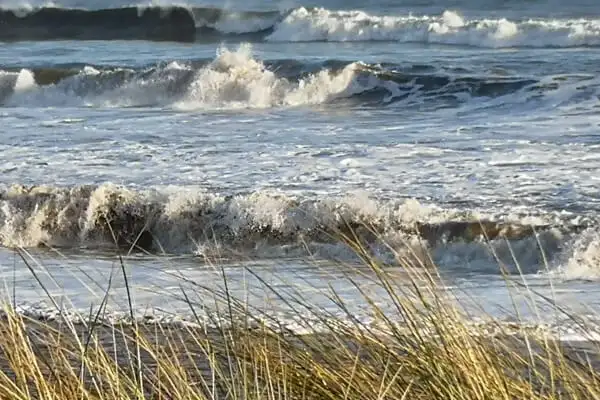
Very few people realise that it was mainly Danish Vikings who invaded Ireland. But not only did they raid, they also founded trading posts, settlements and towns in Ireland, dominated and ruled the Dublin area for almost 200 years and ultimately integrated themselves into the Irish population.
They came to stay. Danish Vikings left their genetic legacy in Ireland and are an inseparable part of Irish history. And that is exactly what this article is about.
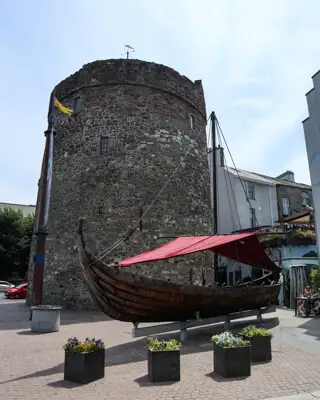
Arrival of the Vikings in Ireland
The first known Viking raids on Ireland began in 795 with the attack on the monastery of Lambay Island near Dublin and Rathlin Island on the coast of Northern Ireland. These early raids focussed on monasteries and churches, which were considered treasure troves.
Gradually, the Vikings sailed along the coasts of Ireland and found more monasteries to plunder. Why monasteries?
Ireland’s monasteries were training centres and trading centres. Crafts were practised here and valuable ecclesiastical art treasures were created. Gold, silver, bronze and ivory, coins, ornate crosses and chalices and other valuables could be found here.
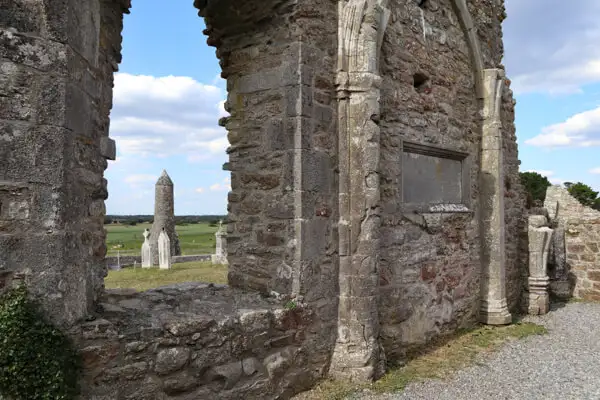
The monasteries also kept the treasures of wealthy citizens within their walls. At a time when most houses were built of wood, the stone round towers of the monasteries offered at least a little more security.
The reaction of the Irish population to these raids was initially limited. The Irish kingdoms were embroiled in internal conflicts and feuds and were unable to mount a coordinated defence.
Apart from that, it was almost impossible to predict when the Vikings would appear on which coast. As quickly as they came and raided, they disappeared again.
The Annals of Ulster and the Annals of the Four Masters (medieval chronicles) describe the Vikings as brutal invaders – no surprise. These early raids not only had an economic impact, but also a cultural one, as they shook confidence in the safety of the monasteries.
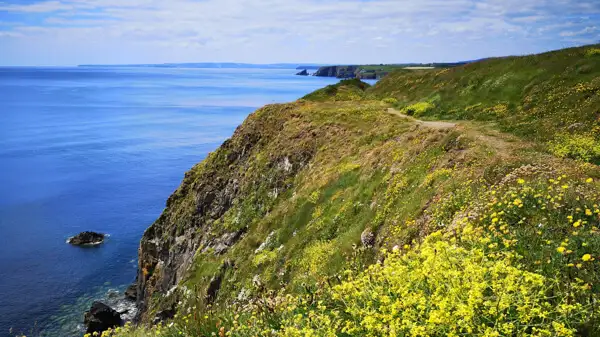
Viking settlements in Ireland
With the construction of the first longphorts around 840, the Vikings began to establish a permanent presence in Ireland. The term longphort refers to fortified camps or settlements, which were often located at river mouths or sheltered bays. The sandy beaches of the south-east coast in particular made it easy for the Vikings to land their shallow boats.
These bases offered the Vikings protection and served as a base for further raids and trading activities. The strategic location of these camps allowed them to advance quickly along inland routes formed by rivers such as the Shannon or the Boyne.
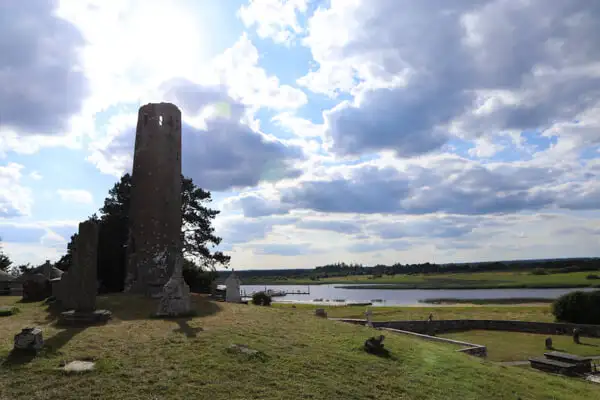
Dublin, founded in 841, became the most important Viking city. Although people had lived here before, they had not yet built a city. Originally a military base, Dublin soon developed into an important trading centre.
The location provided access to trade routes that stretched from Scandinavia across the British Isles to Byzantium. Other Longphorts such as Waterford (founded around 914), Limerick (founded around 922) and Cork also played a key role in the Viking trade network. See also my article on Waterford: https://ireland-insider.com/waterford-and-the-vikings/.
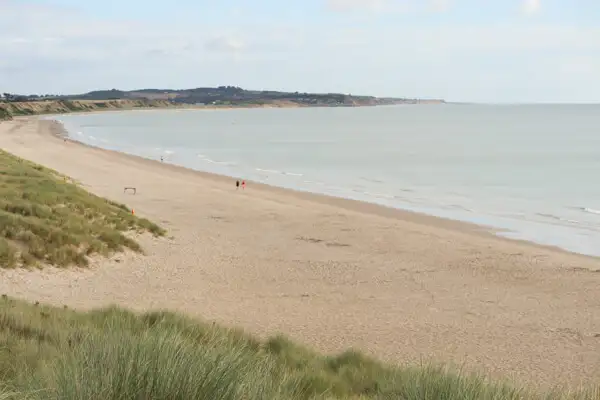
International Viking Trade
Dublin’s importance as a centre of Viking trade is supported by archaeological finds and written sources. Coins and trade goods from the Viking Age point to an international network. Irish sources, such as the Annals of Clonmacnoise, also repeatedly mention slave markets in Dublin.
The Vikings were something like the Hanseatic League of the early Middle Ages. A loose network of Norsemen from various Scandinavian countries who sailed from the Baltic and North Sea, across the Atlantic to the Mediterranean. They had contact with foreign cultures and traded in exotic goods. Furs, amber, silver, fabrics, wines, weapons and slaves were typical trade goods of the time.
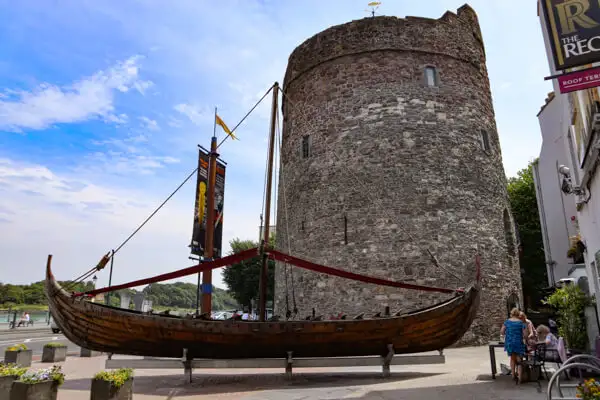
Long before Marco Polo and his international long-distance trade via the Silk Road, the Vikings had already established an international maritime trade. The Viking trading empire stretched from Russia to North Africa.
Irish prisoners taken in raids or battles were sold at markets in cities such as Dublin. These slaves were either kept in Ireland or shipped to Scandinavia, Britain and the Islamic world via trade routes.
The slave trade was not only economically profitable, but also politically significant, as it helped to secure the Vikings’ power base. Irish slaves were sold to the Orient and Oriental slaves were sold in Ireland. Until then, the Gaelic Irish had had little contact with the rest of the world, but an increasingly multi-cultural society developed at the Viking bases.
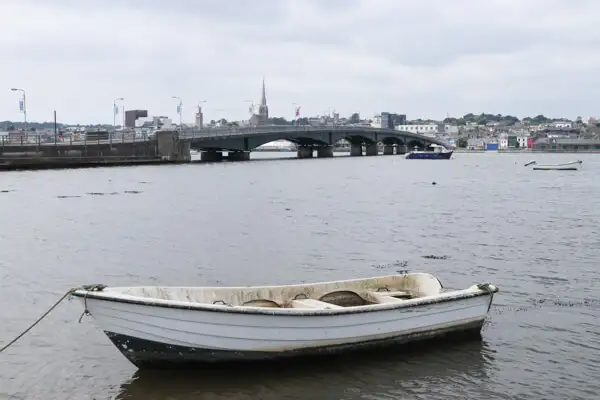
Conflicts and Alliances
The expansion of the Vikings inevitably led to conflicts with the Irish kingdoms. At this time, Ireland was fragmented into numerous small kingdoms (so-called tuatha), which often fought against each other. This political fragmentation initially made it easier for the Vikings to gain a foothold.
Some Irish kings, such as Cerball mac Dúnlainge of Osraige, used the Vikings as allies against rival rulers. Others, such as Máel Sechnaill mac Máele Ruanaid of Mide, saw the Vikings as a threat and fought battles against them.
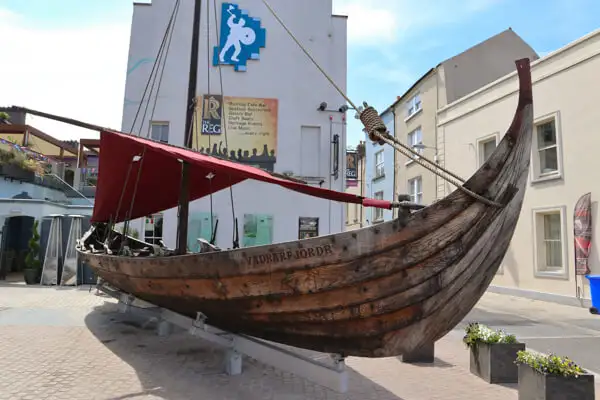
From the 10th century onwards, the Vikings established themselves as an independent political power in Ireland. They ruled over cities such as Dublin, Waterford, Wexford and Limerick, as well as a network of harbours and settlements that stretched mainly along the southern coasts of Ireland. This gave them a strong presence and made them a political power in Ireland.
The Viking men found Irish wives, started families, settled and stayed. Wherever the Vikings settled, there was a mixture of languages and cultures. While in Scandinavia harsh winters made life difficult and harvests were poor on many soils, the winters in Ireland were mild and the soils on the east coast were good enough for farming. This made emigration to Ireland very attractive for the Norsemen.
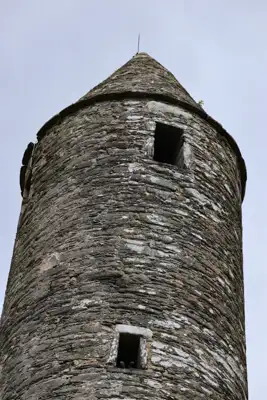
However, despite all the integration, the rule of the Vikings was not undisputed. In the Battle of Tara (980), Máel Sechnaill mac Domnaill defeated the Vikings of Dublin and reduced their power for some time. However, a steady influx of Vikings, mainly from Denmark, but also from Sweden and Norway, helped to strengthen the presence in Dublin again.
The Battle of Clontarf
The Battle of Clontarf in 1014 was one of the most famous clashes between the Vikings and the Irish. Brian Boru, the High King of Ireland, led a coalition of Irish kingdoms against an alliance of Danish Vikings and their allies from Leinster.
The battle ended in victory for Brian Boru’s forces, but the High King himself was killed. Although the battle is often seen as the end of the Viking Age in Ireland, the Vikings continued to have a presence in Dublin and other cities. However, their influence was weakened, as was their political power.
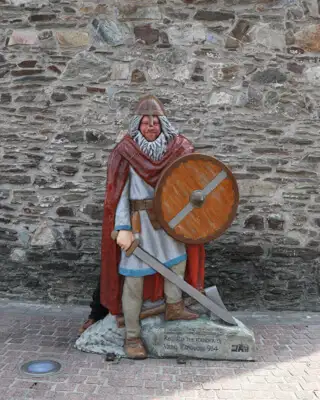
Cultural Integration of the Vikings in Ireland
After the Battle of Clontarf, a phase of cultural integration began. Many Vikings converted to Christianity and adopted Irish customs. At the same time, they left clear traces in Irish culture.
Archaeological finds show a fusion of Nordic and Irish styles in jewellery, weapons and household objects. The Vikings also introduced new techniques in metalworking and shipbuilding, which had a lasting impact on the Irish economy.
The language also shows the influence of the Vikings. Numerous place names in Ireland derive from Old Norse, including Wexford (from ‘Veisafjǫrðr’), Limerick (from ‘Hlymrekr’) and the river names Liffey (from ‘Ló’) and Lee. The Vikings also introduced new trading practices that integrated Ireland into a far-reaching economic network.

Norman Invasion and the Vikings
In 1169, a new era began in Ireland with the arrival of the Normans. The Normans had developed a strong feudal system in Normandy. At the invitation of the Irish king Dermot MacMurrough, they came to Ireland as mercenaries to help him reclaim his throne in Leinster. Dermot had recently been deposed by the Irish High King.
It should be noted that Normans were also descended from Vikings who had settled in Normandy at the invitation of the French king in order to find a fertile new home. In doing so, they protected the northern border of France, a fruitful coalition of Vikings and French.
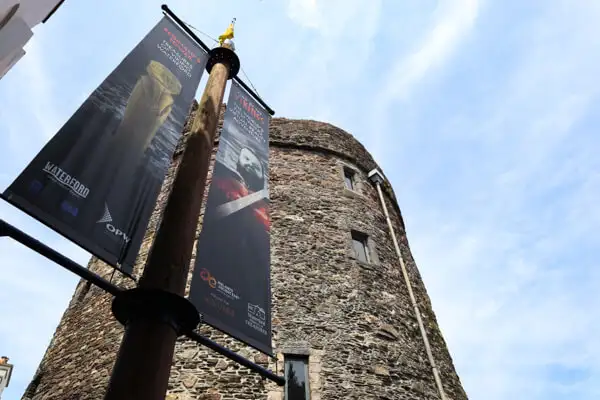
The well-organised Normans quickly took control of cities such as Dublin, Waterford and Wexford. These cities, which had originally been founded by Vikings, were integrated into the Norman administrative system. While the Normans took over political rule, they utilised the existing Viking infrastructure, including trade routes, fortifications and settlements. Viking Normans thus dominated over Viking Gaels (Irish).
However, the Normans were bound by the instructions of the English King Henry II, who also ruled over several French territories at the time, including Normandy.
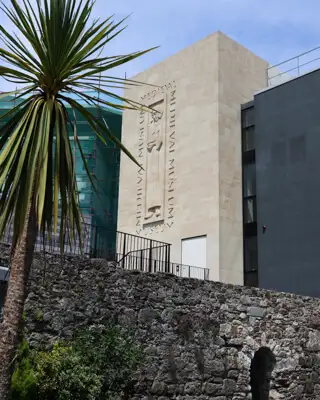
The Norman Conquest signalled the end of independent Viking rule in Ireland, but their cultural heritage remained. Many Viking descendants were integrated into Norman society and Ireland’s Norse character remained visible in its language, architecture and art.
However, the Normans were under the authority of the English King Henry II, who also ruled over several French territories at the time, including Normandy. In this respect, this was an Anglo-Norman invasion and the beginning of English influence in Ireland. Read also my article: https://ireland-insider.com/the-norman-invasion-of-ireland/.
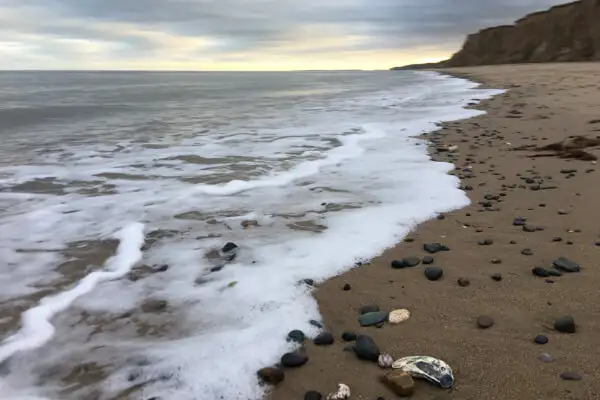
Conclusion
The Viking Age in Ireland was a period of great change. The Norsemen not only brought destruction, but also trade, urbanisation and cultural exchange. Cities such as Dublin, Waterford, Wexford and Limerick owe their origins to the Vikings.
The Vikings in Ireland were initially feared raiders, but then also settlers, traders and craftsmen who brought new goods, materials and techniques to the island and contributed to a cultural and genetic opening of the island. In return, Irish goods and trade goods were also shipped to distant lands.
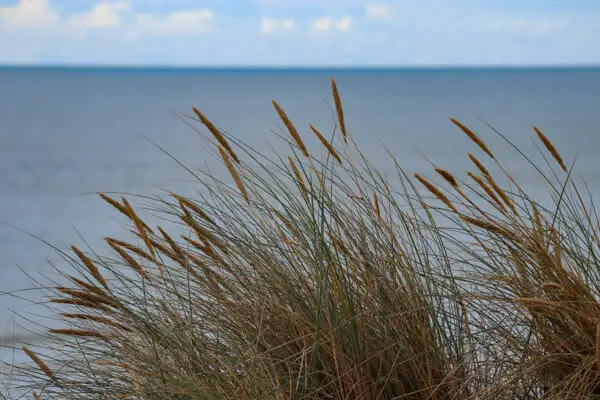
The remote island in the Atlantic was suddenly connected to the medieval world. To this day, the Nordic genes are demonstrably anchored in the gene pool of the modern Irish. This is particularly pronounced in the southern half of the island, where the Vikings favoured settling. Have you ever wondered why there are so many people with reddish hair colour in Ireland? Yes, it could be the Nordic genes. But rumour has it that the Celts didn’t just have dark hair either…
More interesting articles for you
The Norman Invasion of Ireland
Ireland’s history from the Stone Age to the Modern Age – an overview
How Christianity came to Ireland
Waterford and the Vikings
VIKINGS – A TOUR IN THE FOOTSTEPS OF THE HIT SERIES – AND THE VIKING HERITAGE OF IRELAND
Cover picture: Seagull over the sea. Photo: Ulrich Knüppel-Gertberg (https://irland-insider.de, https://ireland-insider.com)